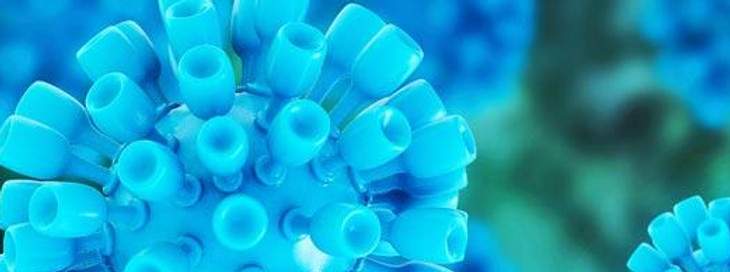
DahariLAB
Mathematical/Computational Virology & Medicine
Re-treatment with direct-acting antivirals policy is needed to eliminate Hepatitis C among persons who inject drugs
Eric Tatara, Alexander Gutfraind, Nicholson T. Collier, Desarae Echevarria, Scott J. Cotler, Marian Major, Basmattee Boodram, Jonathan Ozik, Harel Dahari, Basmattee Boodram
ARXIV
October 2020
Abstract
BACKGROUND AND AIMS:
Hepatitis C virus (HCV) infection is a leading cause of chronic liver disease and mortality worldwide. Direct-acting antiviral (DAA) therapy leads to high cure rates. Persons who inject drugs (PWID) are at risk for reinfection after cure and may require DAA retreatment to reach the World Health Organization’s (WHO) goal of HCV elimination by 2030. We aim to project the frequency of retreatment and DAA cost needed to achieve WHO goals.
METHOD:
We use an agent-based model (ABM) that accounts for the complex interplay of demographic factors, risk behaviors, social networks, and geographic location for HCV transmission. Setting and participants 32,000 in-silico PWID in metropolitan Chicago.
INTERVENTION AND COMPARATOR:
Possible treatment adherence rates (i.e., DAA cure rates) of 60%-90% with DAA treatment enrollment rates of 2.5%-10% and retreatments per PWID of 0 (retreatment prohibited), 1, 2, 3, or no retreatment restriction were simulated. DAA cost is assumed $25,000 (USD) per treatment.
RESULTS:
Modeling results indicate that prohibition of retreatment in PWID would jeopardize achieving the WHO goal of reducing the incidence of new chronic HCV infections by 90%. We predict that with a DAA treatment rate of >7.5% per year and high (90%) adherence, 75%, 19%, 5% and <2% of PWID will require 1, 2, 3, and 4 treatment courses with overall DAA cost of $325 million to achieve the WHO goal in metropolitan Chicago. We estimate a 28% increase in the overall DAA cost under low adherence (70%) compared to high adherence (90%).
CONCLUSIONS:
Modeling results predict the frequency of DAA retreatment needed to achieve the WHO goal and underscore the importance of treatment adherence.
Partnerships that get results: Global. Fluid. Connected. Join Us!

